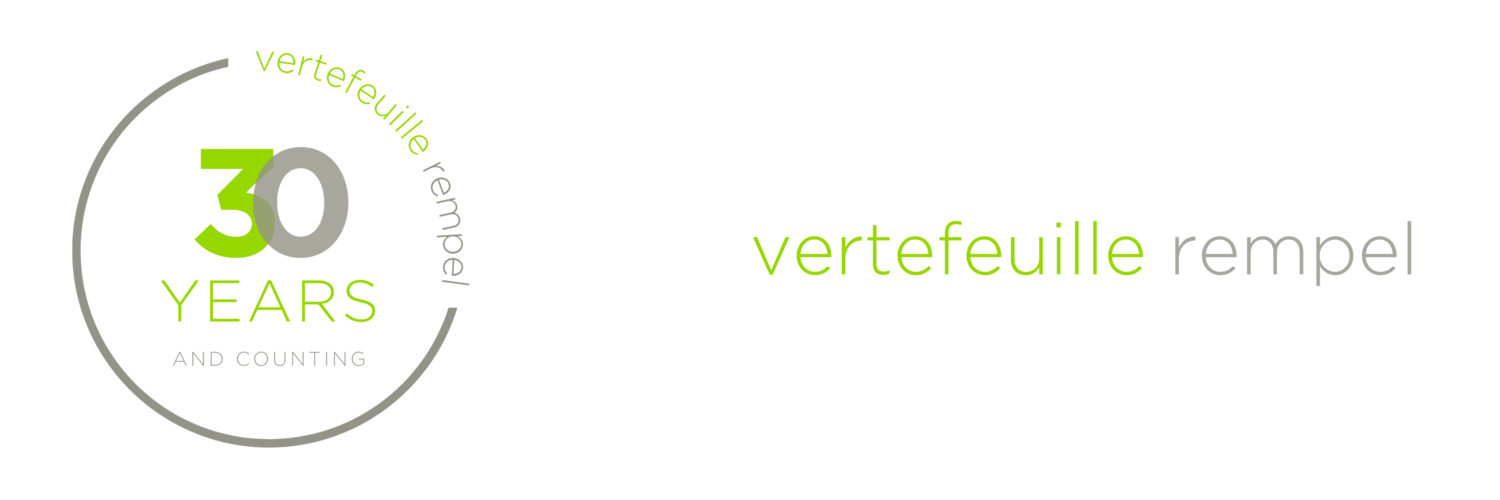Trust Series – Part IV: Practical Logistics
Our final article in the Trust series covers the functional logistics of setting up and operating the Trust. There are always questions in the first years and we are happy to help. Like most things, it does get easier over time.
General steps:
1. Prepare the Trust agreement with your lawyer
2. Make an initial gift to the Trust tied to the setup
3. Open various accounts for the Trust (i.e. bank or investments)
4. Fund the Trust (i.e. cash, investments, real property, etc.)
5. If funded via a prescribed rate loan, ensure the loan is documented
6. Operate the Trust throughout the year
7. File the Trust tax return (T3) prior to the deadline
Do I need a bank account?
Yes, opening a bank account or using the cash account of an investment account owned by a Trust is highly recommended.
If the Trust has been funded with a prescribed rate loan, the Trust will need a bank account in order to facilitate annual interest payments on or before January 30 to prevent the loan from becoming tainted.
The bank account can also be used to pay distributions to the beneficiaries, trust expenses like legal and accounting fees, and other items for the benefit of the beneficiaries as noted below.
What items can Trust cash be used to pay for?
This is typically outlined in the Trust deed at set up and can be customized based on the overall goals and purpose of the Trust.
Trusts can be used to pay out a number of different expenses for the advancement, education and enjoyment of your children or grandchildren who are beneficiaries of the Trust. These can include items like private school tuition, sports, music lessons and many others.
If expenses are being paid by the Trust on behalf of the minor beneficiaries, it must be directly linked to the minor’s benefit, rather than to the benefit of the whole household (like a vacation) otherwise there may be negative tax consequences.
Some expenses, such as medical and childcare, are tax deductible when paid by a parent on behalf of their dependent child. And while they could be paid from the Trust it may be more tax efficient to claim these personally.
Do I need to keep records?
Yes, all transactions and activity of the Trust need to be documented. It does not need to be fancy but should include details of what the payments were for and who they went to at a minimum.
VR will then use this information to prepare the Trust tax return and determine the allocations to various beneficiaries.
When do I need to file the Trust tax returns by?
Trust tax returns (known as T3 returns) are due ninety days after a Trust’s year end. But luckily, the VR team has that deadline marked in our calendars, and we will be sure to remind you.
Will the Trust be taxable?
It depends. Generally the purpose of the Trust is to reduce overall tax payable by allocating amounts to lower income beneficiaries. Occasionally there are times when income is not allocated and then the Trust would pay tax.
These scenarios are analyzed by the VR team on an annual basis. When VR prepares the Trust tax return as well as the individual tax returns, it really allows us to ensure that we are minimizing tax as a whole for the group.
Can I setup online CRA access for my Trust similar to my personal and corporate tax accounts?
Yes, you can! The difference with a Trust is that you will need to access it through “Represent a Client”, which you will only be able to do if you are a primary trustee.
To create a “Represent a Client” account:
1. Select authorization request and choose Trust client
2. Select Primary trustee registration – where you will be prompted to provide information about the account for verification purposes.
Once that is successful, you will be granted immediate access to your My Trust Account and will be able to complete various services online such as authorizing additional trustees or representatives and submitting documents.
Any time you can authorize VR as a representative, it will make operations easier for you!
To authorize VR, select “Manage Authorized Representatives”, enter our BN and follow the prompts on your screen. Please let us know when you are attempting this and we would be happy to provide our BN for you.
Make sure to check out the first three parts of our Trust series as we are always open to discuss or answer any questions you may have.
The above material is current as of November 2, 2023.
The information presented is a general overview and not intended to cover specific situations. You should consult with your professional advisors directly before taking any action.
Vertefeuille Rempel Chartered Professional Accountants LLP, its partners, employees and agents do not accept or assume any liability by anyone relying on the information presented.
